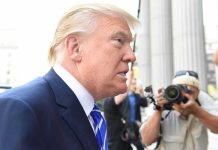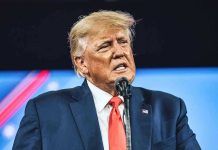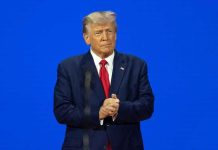
The lifting of Nepal’s social media ban following deadly protests highlights the tension between governmental control and digital freedom.
Story Snapshot
- Nepal lifted a ban on 26 social media platforms after protests led to 19 deaths.
- The ban was initially enforced due to the platforms’ failure to register with the government.
- Protests were driven by Gen Z’s demands for digital freedom and transparency.
- International organizations call for a probe into the violence used against protesters.
Digital Freedom Collides with Government Control
The Nepalese government lifted a ban on 26 major social media platforms, including Facebook, Instagram, WhatsApp, and YouTube. This decision came after the platforms failed to meet a Supreme Court order to register with the Ministry of Communication and Information Technology. The ban sparked nationwide protests led by Gen Z, who saw it as a direct attack on their digital freedom. The protests resulted in violent clashes with police, leading to 19 deaths.
The government reversed its policy amid mounting pressure from both domestic and international entities, highlighting the critical role digital platforms play in modern activism and communication. The Supreme Court’s initial mandate aimed at regulating these platforms underscores the ongoing tension between oversight and freedom in digital spaces.
Generational Divide Fuels Unrest
The protests underscored a significant generational divide in Nepal’s political landscape. Gen Z, frustrated by issues like corruption, nepotism, and economic disparity, mobilized through social media, which they view as a lifeline to the outside world. The swift and violent response from law enforcement only intensified these frustrations, drawing international attention and condemnation from organizations like Amnesty International and the United Nations.
These groups called for transparent investigations into the violence, condemning the use of live ammunition against protesters. The resignation of the Home Affairs Minister in the wake of the protests further illustrates the political fallout and the need for accountability in government actions.
Potential Shifts in Digital Governance
In the aftermath of the protests, Nepal faces the challenge of balancing regulatory control with the rights of its citizens. The lifting of the ban is a temporary relief for businesses and individuals who rely on these platforms. However, it also sets the stage for potential new regulatory frameworks that could reshape the digital landscape in Nepal and beyond.
The events have significantly impacted Nepal’s political stability, prompting debates about digital rights and government accountability. As the investigation into the protest violence unfolds, the outcomes may influence how digital rights are protected or restricted in the future.
Sources:
Nepal Gen Z Protests and Social Media Ban – TIME
Nepal Protests Over Social Media Ban – CBS News













